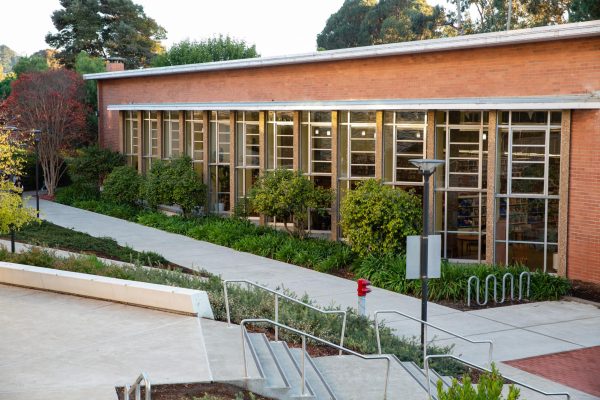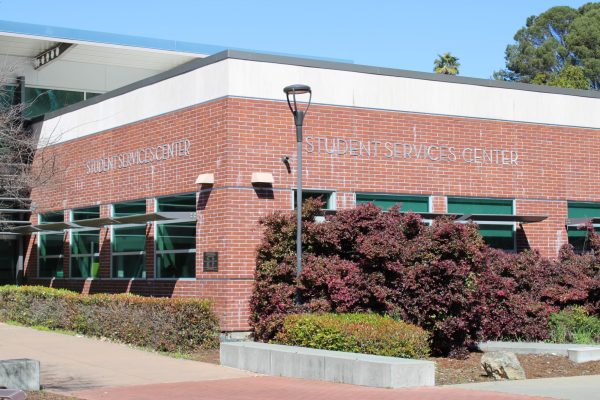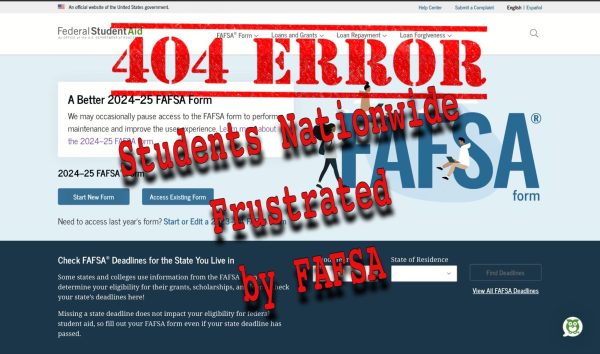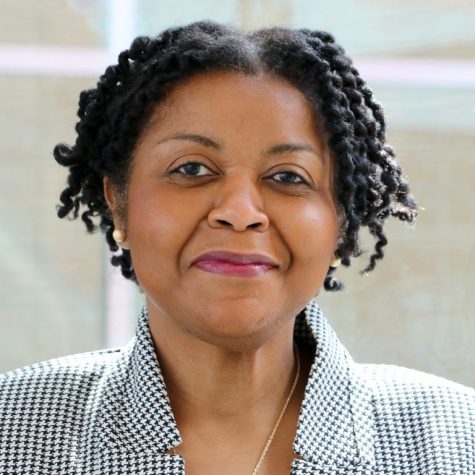District prepares for online course exchange
September 21, 2016
A statewide network of online courses for students is being developed by the California Community College Chancellor’s Office for the 2018 spring semester.
The Online Education Initiative Program Director Steve Klein said the course exchange program is still in the 24-college pilot phase and the Steering Committee is currently identifying the required criteria a college would need to meet to join the network.
“Students have always taken courses at multiple colleges,” Klein said. “That is not new. What is new is the opportunity for a college to be strategic about the courses they offer in light of the opportunity that the course exchange is providing — it just has never happened before in our education system.”
OEI’s course exchange intends to reduce the time it takes for students to achieve their transfer goals by creating a platform that would allow students to enroll in a fully-online course offered at any college in the online network, statewide.
None of the colleges in the Contra Costa Community College District are part of the OEI course exchange pilot or have representatives on its Steering Committee.
But the district took the first step in joining the course exchange when it adopted Canvas as its primary online learning platform.
Klein said the other two technical requirements are having CCCapply, a common online enrollment application, and a student information adapter has to be set up to share specific student data between colleges, so a student does not have to re-apply whenever signing up for a course through the exchange.
To prepare to meet the base course exchange requirements, the district invited educators from its three campuses to an event at Diablo Valley College on Friday from 8:30 a.m. to 1 p.m. to discuss creating a strategic plan for online education.
Chancellor Helen Benjamin sent out a districtwide email inviting teachers to help develop an online education strategic plan for the next five years.
CCC Vice President Tammeil Gilkerson was appointed by Benjamin to lead the discussion of about 40 attendees at DVC and lead at a series of discussions about the online education strategic plan.
District Education Chairperson Judy Flum said, at the meeting, that Gilkerson said she would report her findings to the President’s Cabinet on Tuesday at 8 a.m.
Flum said Gilkerson’s deadline to submit the strategic plan to the Governing Board for its approval is in December.
Flum said after everyone convened from meeting in smaller groups, the most frequent suggestions to the strategic plan were to implement fully online orientations, online tools to help meet ADA requirements and online teaching development training.
“It was a great discussion. (Gilkerson) did a great job,” she said. “Our community needs to keep (meeting) to brainstorm about big issues surrounding online education and our strategic plan with people from the three colleges.”
Klein agrees with Flum. He said if a district wants to join the course exchange, it is important for people from all campuses be involved.
“It is important that colleges are aware of the benefits that are available in the course exchange and I think that the adoption of Canvas allowed colleges to begin a conversation that goes beyond selection of a new course management system (Canvas),” he said.
OEI Executive Director Patricia James said the idea driving the course exchange is to build a network that is more conducive to not only student growth, but to increasing funding for academic programs.
“The way colleges get their funding apportionment is through how many students enroll into each campus and complete their degrees,” James said. “So that makes us compete against each other more than work together to help students — and online is a place that people see a lot of benefit for students.”
Klein said the way funding will work through this network will still use Full Time Equivalent Student metric (FTES), but funding will flow between the “home” college and “teaching” college.
The FTES, 15 enrolled units, belongs to the teaching college for the student taking the course and credit flows to home college where the student receives the certificate of completion or associate transfer degree, he said.
“The ‘home’ college would be where a student resides, and a ‘teaching’ is the college offering the course online.”
He said in the initial consortium “home” colleges could not be “teaching” colleges just for the pilot program.
“There is not a choice to be made — a college can be both a home and teaching college.”











